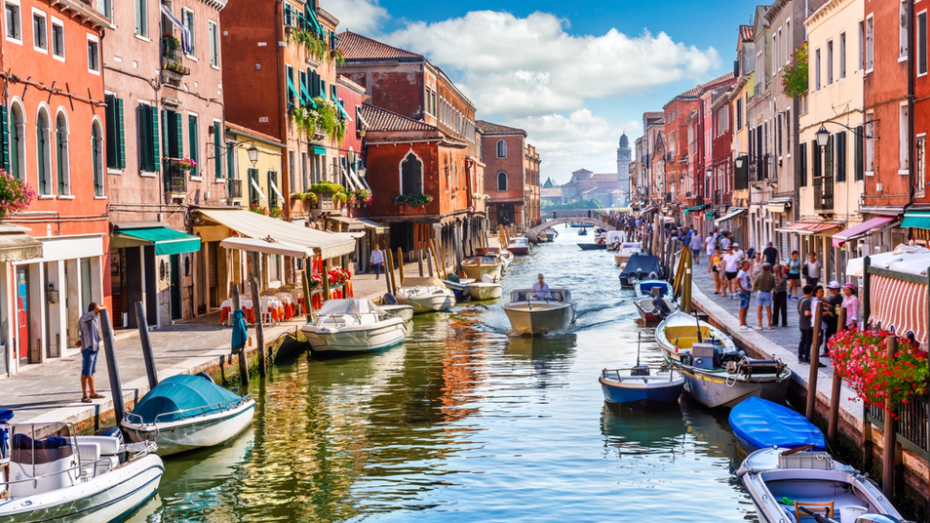After testing a daily fee for tourists, Venice plans to double the charge to manage the influx of visitors.
Others are reading now
If you want to visit Piazza San Marco, witness the Bridge of Sighs, or ride in a gondola in the Grand Canal in Venice this summer, you will first have to pay an entrance fee to set foot on the floating island.
A day trip to Venice now has a minimum price tag for tourists: €5.
This summer, the Italian city of Venice introduced a daily fee for tourists visiting the island as a way to curb the overwhelming influx of visitors.
The 29-day trial run for this initiative ends on Saturday, and Venice will once again be free to visit.
Also read
For now.
Because of its success, starting next year, the fee will increase from €5 to up to €10 on particularly busy days.
Despite the fee, the crowds have continued to flock to Venice.
Over the trial period, Venice earned more than two million euros, with some days seeing over 25,000 paying visitors.
However, it’s unclear how many tourists managed to avoid paying the five-euro fee. The goal of limiting mass tourism, which has had a huge impact on Venice, was not fully achieved, according to Kurier.
How the System Works
During the trial, visitors had to pay a five-euro fee between 8:30 a.m. and 4:00 p.m.
They could obtain a QR code online and download it to their cell phones to avoid fines of up to 300 euros, though no fines of this magnitude were actually imposed.
Effects of Overtourism
With an estimated 15 million visitors annually, Venice is one of the world’s most visited cities.
While tourism brings huge revenue, it also causes considerable damage.
The city center, with its hundreds of canals, now hosts fewer than 50,000 permanent residents but offers more than 50,000 guest beds.
On many days, the narrow streets around St. Mark’s Square and the Rialto Bridge become almost impassable due to the sheer number of tourists.


